How Does the Inventory Shortage Impact Leasing?

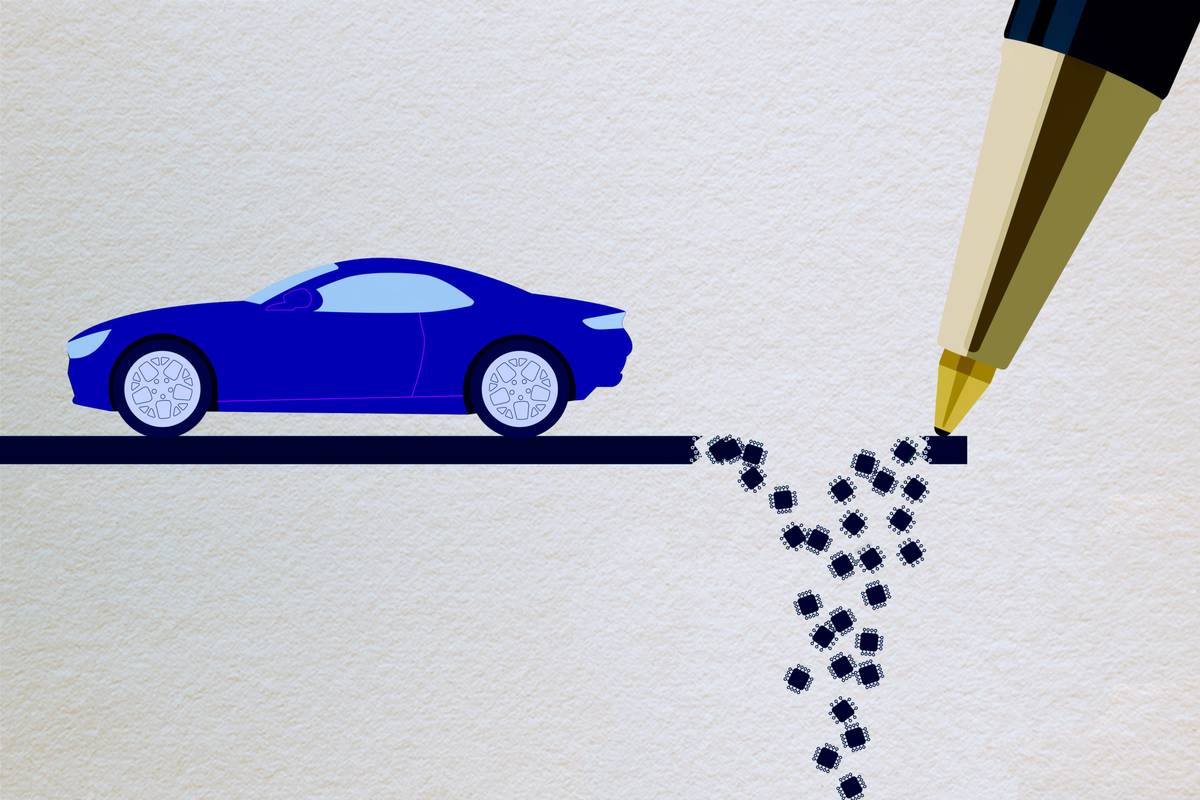
The incessant inventory shortage has left no corner of the auto industry undisturbed in its wake. Demand for new vehicles is higher than automakers’ abilities to keep up building them, and used-car inventory is shrinking even as prices surge to record levels. Some shoppers have the luxury of waiting out the ordeal, but others have no choice but to dive into turbulent waters. As manufacturer incentives sink and transaction prices continue to rise, the inventory shortage has also shaken up car leasing.
Related: How Does Leasing a Car Work?
If you’re considering leasing a vehicle in the coming months or you have a lease that’s ending soon, here’s how the current situation will affect vehicle choices, monthly lease rates and lease buyout.
Lease Options Shrink, Prices Inflate
Leasing a vehicle typically equates to a lower monthly payment than financing the same purchase, but the inventory shortage has turned even that pragmatism upside down. According to Tyson Jominy, J.D. Power’s vice president of data and analytics, the lack of inventory isn’t just shrinking cash incentives for a vehicle purchase — it’s also raising lease prices.
“Leasing is being challenged right now in a way not seen since the Great Recession,” Jominy said. “Multiple factors are contributing, but [the] leading cause would be the lack of inventory that is pushing up prices, which can negate the payment advantage that leasing traditionally has over loans. In fact, it’s not uncommon now for a loan payment on a Porsche Cayenne or [Land Rover] Range Rover Sport to be cheaper than the monthly lease payment.”
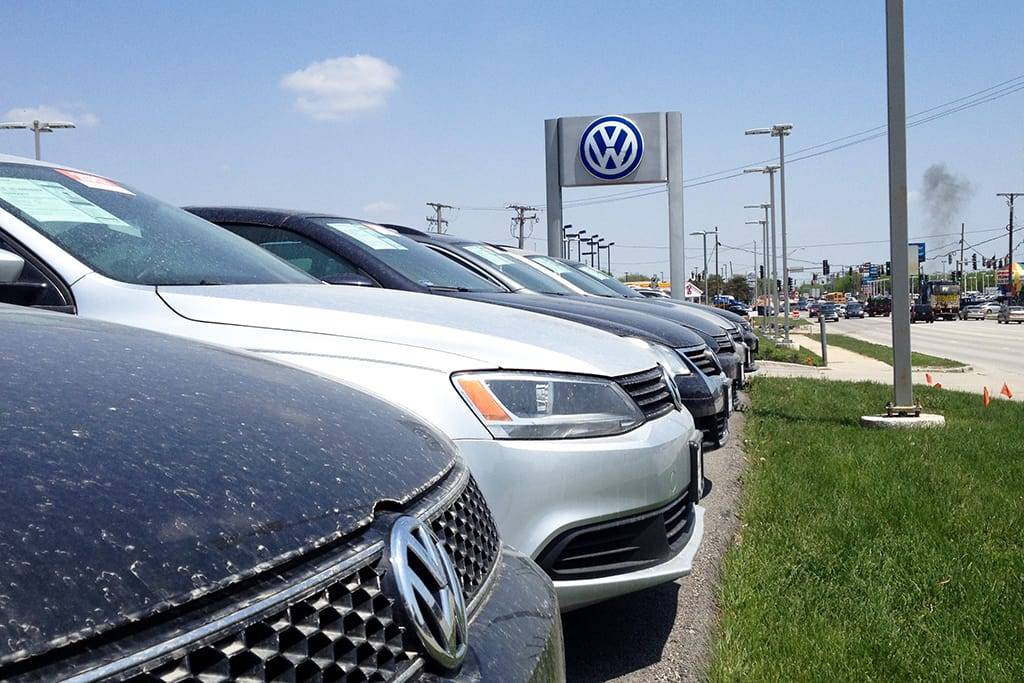
To Lease or to Buy?
Michael Sin, cofounder of Leasehackr, agrees that leasing was once an obvious choice for car shoppers looking for lower monthly payments, but that’s no longer the case.
“Prior to the car shortage, leasing was a no-brainer for a lot of customers,” Sin told Cars.com. “That was because manufacturers were overproducing cars; they were basically giving them away and arguably losing money on them. … Now, I would say leasing could still be an option, but it’s no longer a no-brainer for most models.”
The reasons for this shift come down to a combination of factors: higher MSRPs, reduced incentives and increasing rates for the money factor, the equivalent of an interest rate for a lease.
“What’s even more challenging is that a lot of captive companies are pulling back on incentives and rebates,” Sin said, referring to the customer-financing arms at most automakers. “You used to see a lot of dealer cash — [for example] $2,000 off on a lease. All of that has basically disappeared. You’re also seeing higher interest rates — on a lease, that’s called the money factor. They’re just not supported as they were before. Prior to the inventory shortage, you’d see money factor rates close to 0%, which means you’re paying no interest on your lease; now it’s back to the market rate, which can be 1% … 2% … even 4% — it’s much higher.”
Sam Fiorani, vice president of global vehicle forecasting at analytics firm AutoForecast Solutions, reiterated the trend of diminishing lease incentives and pricier financing.
“Lease rates are rising just as transaction prices are going up,” Fiorani wrote in an email to Cars.com. “Leasing, like rebates and other incentives, has been traditionally designed to get buyers into new vehicles. Without the need to compete on price, the need for low lease rates has dissipated.”
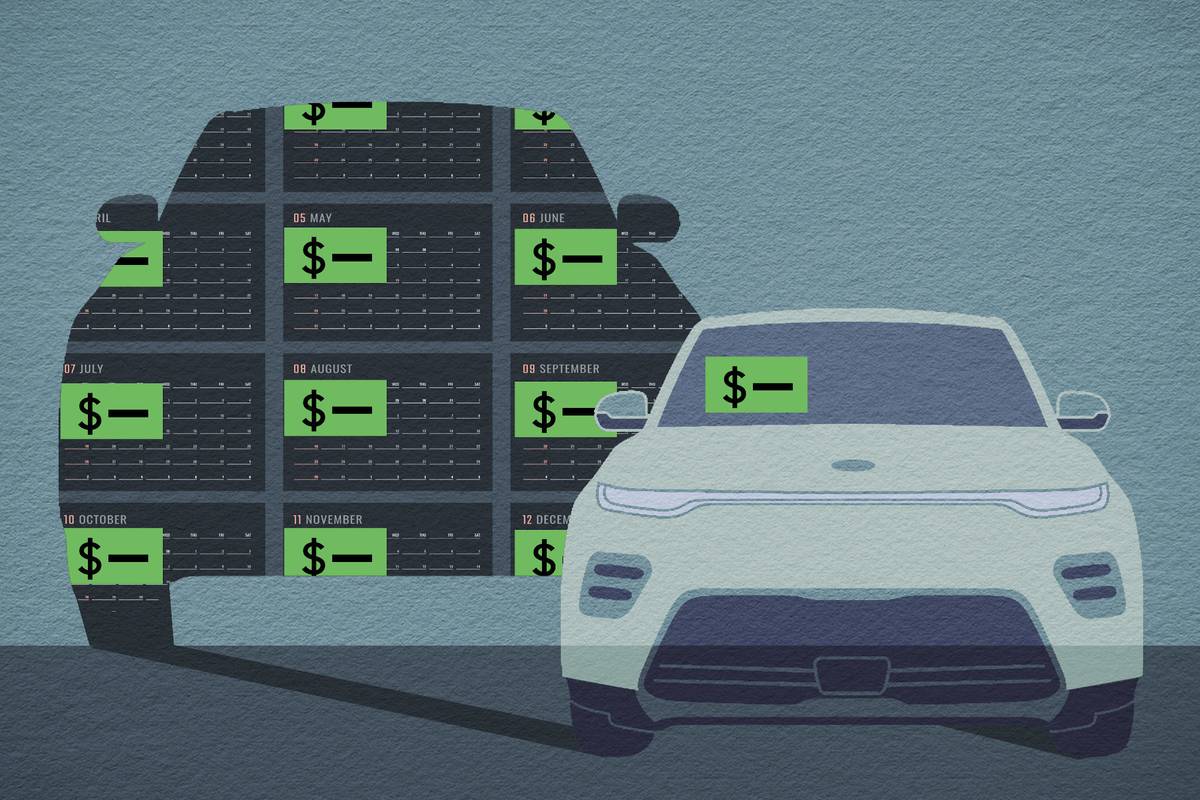
Residual Values Are Staying Put
A vehicle’s lease payment is largely determined by its residual value, the projected wholesale amount the vehicle will be worth at the end of the lease.
In theory, the currently inflated used-vehicle prices should also raise a lease vehicle’s residual value, leading to a lower monthly rate. But that isn’t happening in practice, according to AutoForecast Solutions. “Rising pre-owned vehicle prices should make the residual prices used in lease rates go up,” Fiorani said. “The lack of competition, however, removed the need to fully appreciate higher residuals, and the potential remains for all higher prices to be transitory.”
In other words, leasing companies aren’t under much competitive pressure to leverage higher resale values to lower your monthly lease payment — and those projected values might evaporate anyway by the time you trade in the lease.
Fewer Leases Signed, Fewer Miles Driven
The percentage of consumers that are leasing their vehicles has dropped due to the inventory shortage. In December 2021, only 20% of new-car shoppers leased a vehicle, compared to December 2019, when 30% chose to lease, according to Jominy.
What’s more, even those who do lease plan to drive less due to work-from-home policies installed during the pandemic.
“Leasing is also giving way because so many consumers are now working from home that a car to commute to the office is no longer mandatory,” Jominy said. “Those who do lease are also downgrading their annual mileage allotment. The 12,000-miles-per-year lease, the gold standard of leasing for decades, has given way to the 10,000-miles-per-year.”
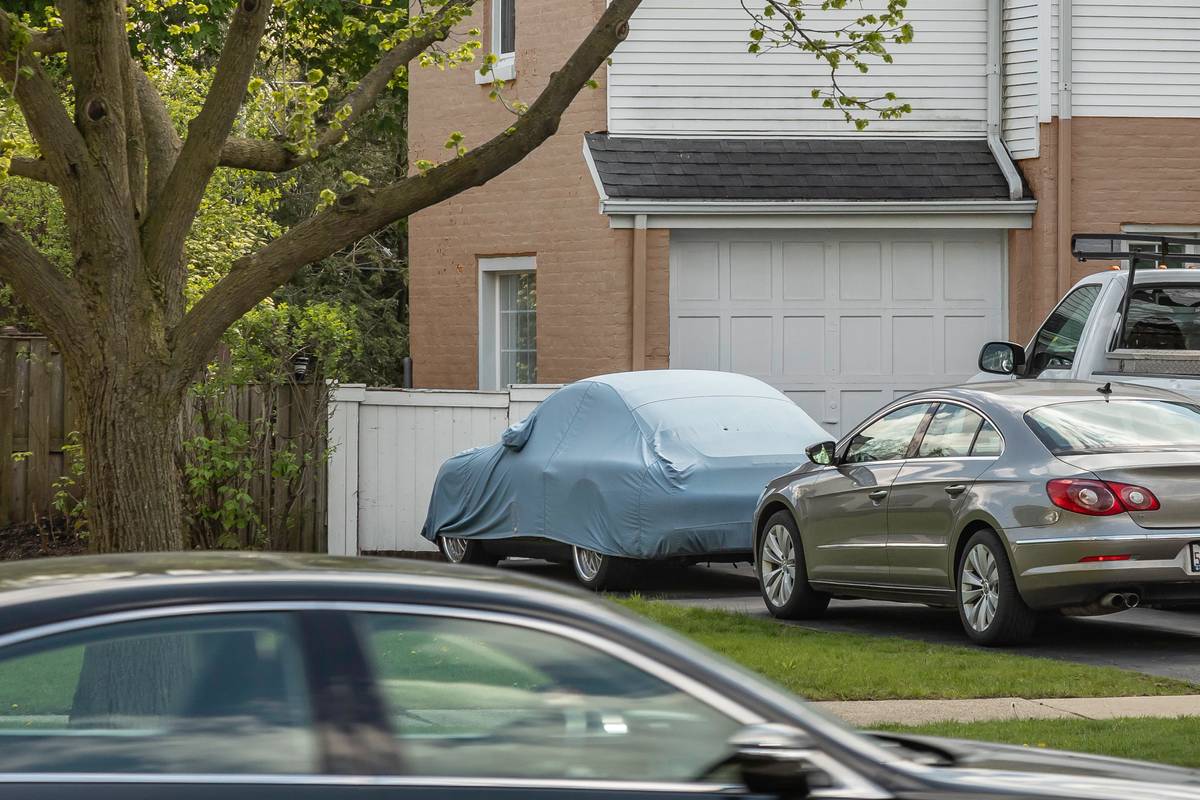
A lower-mileage lease can provide monthly savings thanks to a higher residual value, but surpassing the mileage limit can have costly implications at the end of the lease. A lease comparison from the Federal Reserve shows how excess mileage can cause enough overage fees to cancel out the monthly savings of not choosing higher mileage limits in the first place. Before signing a lease, consumers should factor in how their driving habits might change. Is there a chance, for example, that you’ll start commuting into the office in the coming year instead of working remotely?
More From Cars.com:
- Should You Buy or Lease Your Next New Car?
- Glossary of Car Leasing Terms
- Benefits of Leasing Your New Car
- Is Now the Time to Buy Out Your Car Lease?
- Read More about Leasing
What if My Current Lease Is Up Soon?
According to J.D. Power’s 2021 U.S. End of Lease Satisfaction Study, returning leasees start considering a new vehicle as early as 12 months before their current lease is up. Whether the deadline to return the vehicle is approaching quickly or still months away, shoppers should create a game plan. Current leasees have a few options: Buy out the lease, return the vehicle to the leasing company or — if contractually allowed — sell it or trade it in.
“Returning lessees are finding that the best deal in the market can be found in buying out their existing leases at a residual value set three years ago,” Jominy said. “Some consumers can use this equity toward another vehicle, to sell to an external third party or to stay out of the new market.”
Sin says he sees many consumers reporting significantly higher leasing costs on Leasehackr’s Signed tool, which crowdsources information on recently signed lease deals.
“We see a lot of people reporting huge percentage increases in monthly payments,” Sin said. “One way they can offset this is with the equity they have in the car. That’s a good strategy for people who are looking to get a replacement vehicle: Don’t return your lease, [but] try to capitalize on its increased value. Either get that money and keep it in your bank account or apply it to a new lease to lower the monthly payment.”
Another option is to get a third-party lease buyout, which can make it easier to capitalize on higher vehicle values.
“People have a residual value of $15,000 on their leased car, but they’re finding the car is worth $25,000,” Sin said. “Rather than just returning the car, they can cash in on this ironically appreciating asset. In the past, this was quite easy to do — you could sell it to CarMax or Carvana, but captive companies have cracked down on that. We partner with a nationwide network of dealers that allow people to cash out on the lease equity.”
Indeed, Cars.com’s editorial crew has firsthand experience in this. Copy Editor Corinne Hanshaw recently bought out her previously leased 2018 Honda CR-V. Although she considered a new 2022 model, the lease buyout proved the better option due to the inventory shortage.
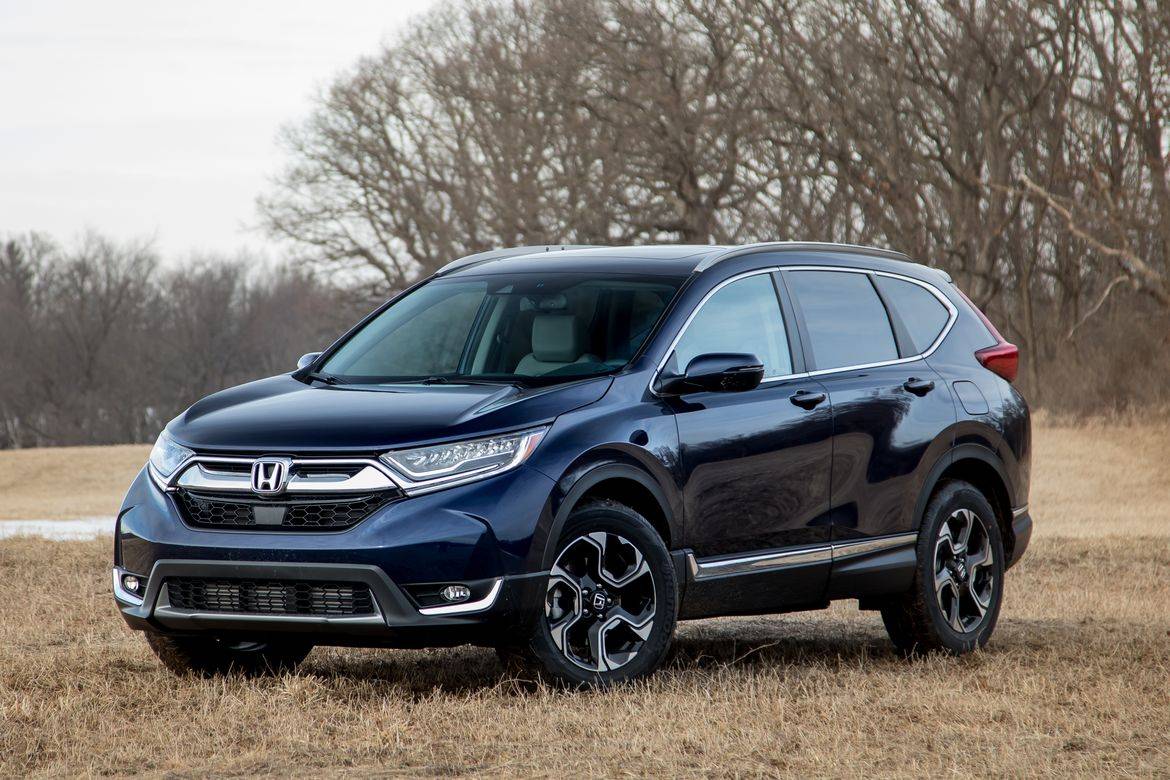
“When my car lease was coming to the end, I knew I had three choices — lease a new vehicle, walk away or buy out my current lease,” Hanshaw said. “Because of my positive experience with my current CR-V, I knew I wanted to stick with that model. I went to the dealership to discuss these options, and I was informed that it’d be months before I could get a new one to lease or buy. Between the long wait and the minimal changes to the vehicle in the recent model years, I chose to buy my SUV. By buying out my lease, I saved money on my monthly payment.”
How to Lease a Car During the Inventory Shortage
Despite the challenges, leasing could still be the best option for some customers, but it’s more important than ever to plan ahead for a vehicle purchase or lease.
“All the conventional car-buying advice still holds true: Shop around, get quotes, don’t walk into the dealership until you’re ready, and try to calculate what your target price is based on research,” Sin said.
That preparation includes comparing the money factor on a lease to the interest rate on a traditional car loan. If the interest rate is significantly lower, financing the vehicle could be the better option. It’s also important to compare incentives on both options, as well as the total cost of the lease or loan.
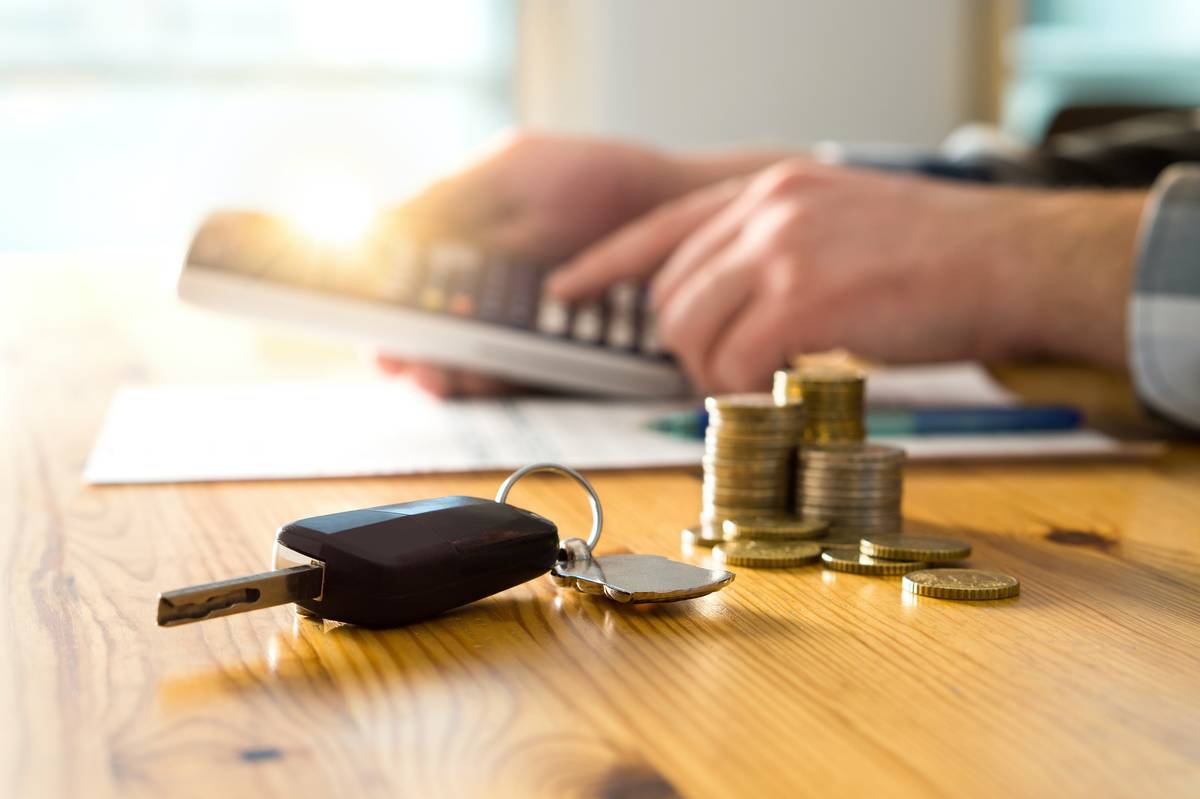
“If it costs $20,000 over the course of three years to lease a car that you can buy for $25,000 — maybe it’s not such a good idea to lease,” Sin said. “Definitely consider both options.”
Finally, shoppers should leverage their current vehicle’s elevated trade-in value. J.D. Power said January trade-in values are up 88% year-over-year: The average trade-in equity for January is estimated at $9,852, up $4,611 from January 2021. To get the most money when trading or selling a car, it pays to shop around and negotiate the best offer, as dealerships are in desperate need of certain models.
Cars.com’s Editorial department is your source for automotive news and reviews. In line with Cars.com’s long-standing ethics policy, editors and reviewers don’t accept gifts or free trips from automakers. The Editorial department is independent of Cars.com’s advertising, sales and sponsored content departments.

Former News Editor Jane Ulitskaya joined the Cars.com team in 2021, and her areas of focus included researching and reporting on vehicle pricing, inventory and auto finance trends.
Featured stories




